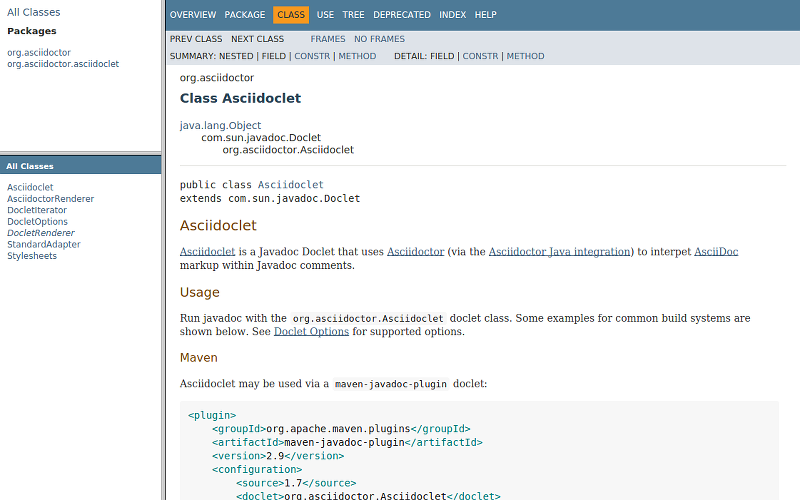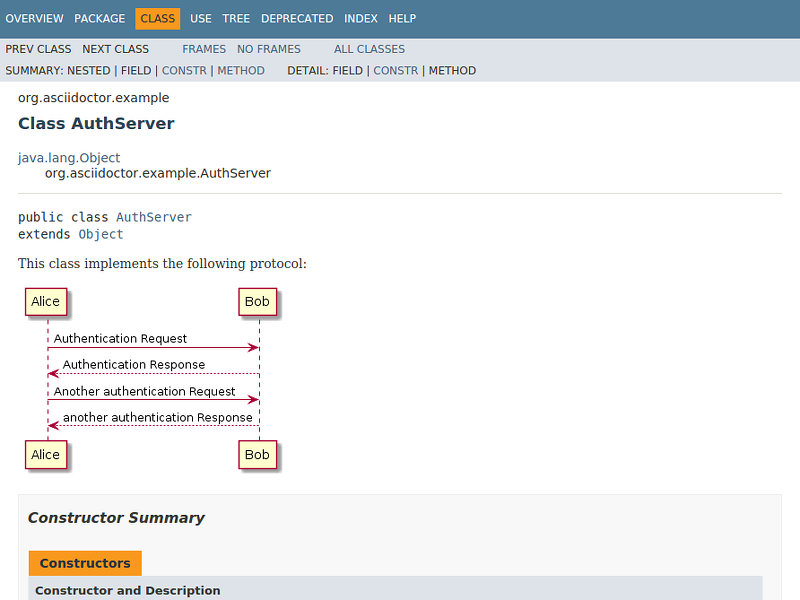Use Arquillian and Docker to verify that AsciidoctorJ works in WildFly
by -
We’re excited to announce the newest member of the Asciidoctor family, Docker AsciidoctorJ. The Docker AsciidoctorJ project ensures that AsciidoctorJ can be used by any application deployed to a Java EE application server*.
* For now, only WildFly is tested. Pull requests welcome!
What’s it about?
This project provides:
- A
Dockerfile -
Builds a Docker image that includes WildFly 8.2, AsciidoctorJ 1.5.2 and AsciidoctorJ PDF 1.5.0
- Arquillian tests
-
Uses AsciidoctorJ inside a Docker container to convert AsciiDoc files to HTML and PDF files

Learn more!
The following post explains how we execute Arquillian tests for AsciidoctorJ in a WildFly Docker container. We’ll talk about:
-
docker-asciidoctorj, the dedicated Asciidoctor GitHub project
-
The official Asciidoctor organization on Docker Hub
-
Arquillian Cube, the Arquillian extension that can be used to manage Docker containers from Arquillian
-
The WildFly Docker image from JBoss
Want to know more? Read the full blog post to get all the details.




